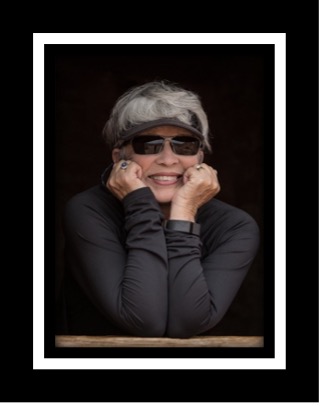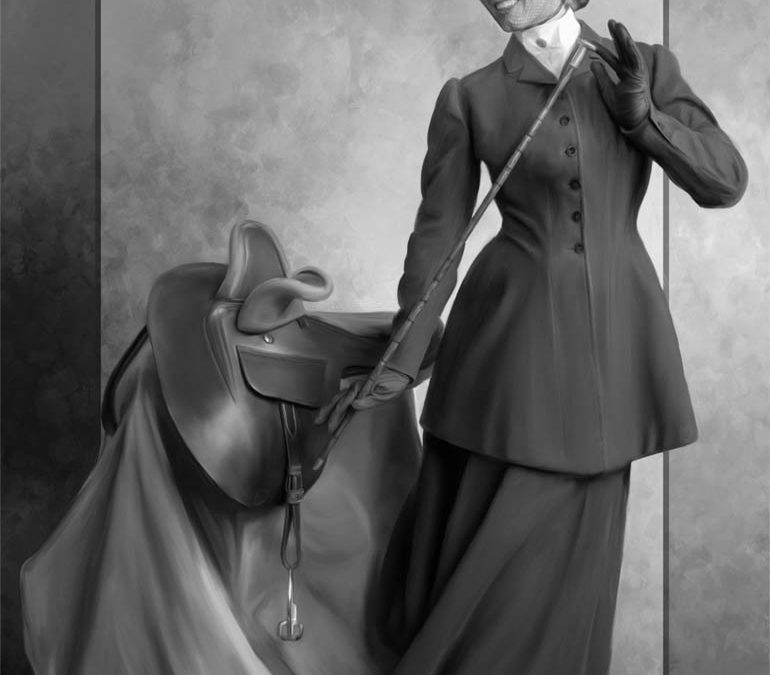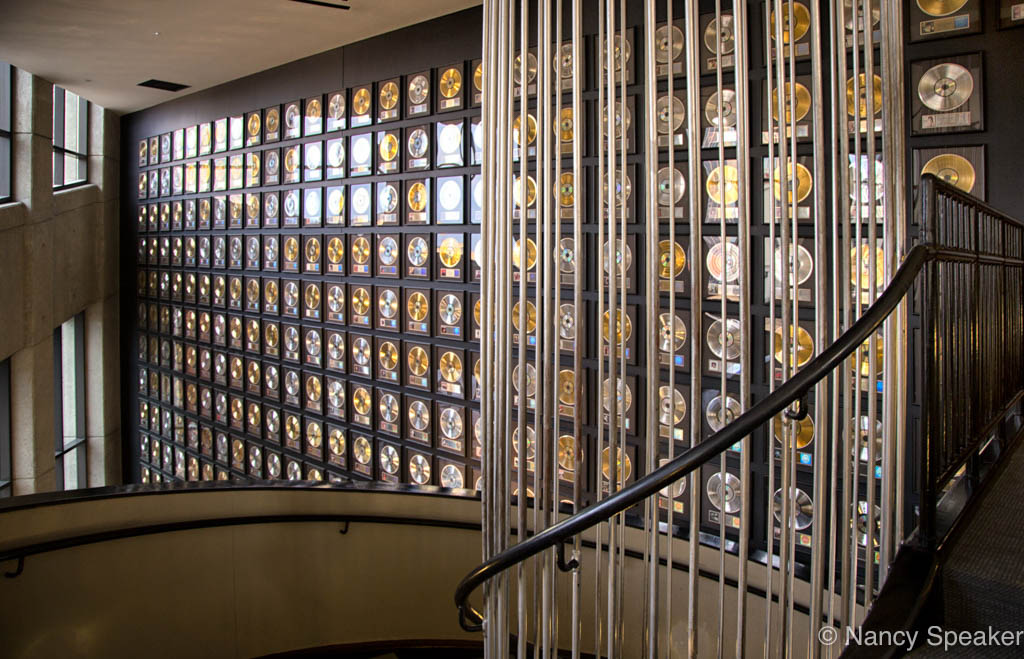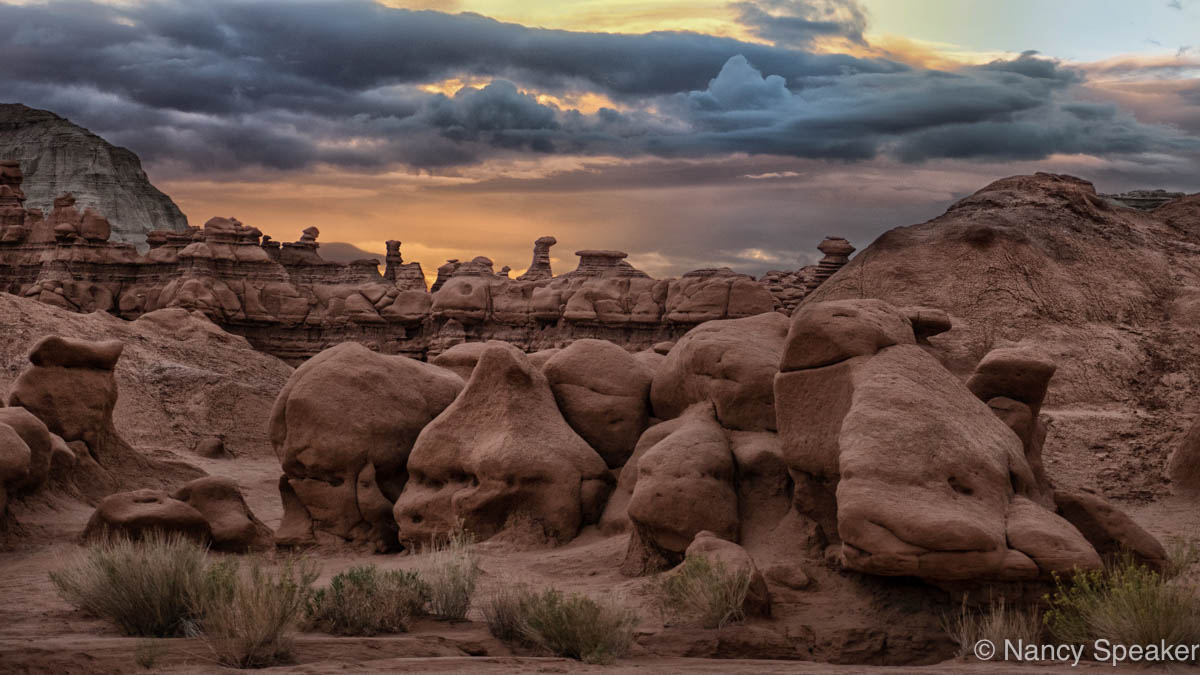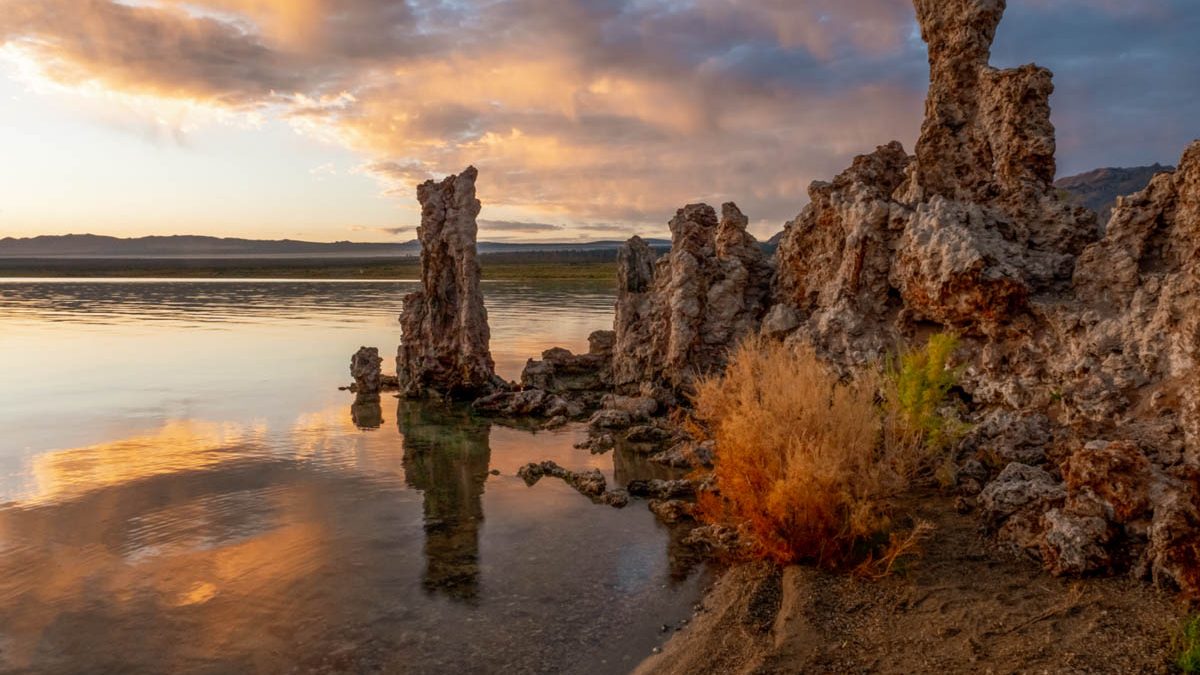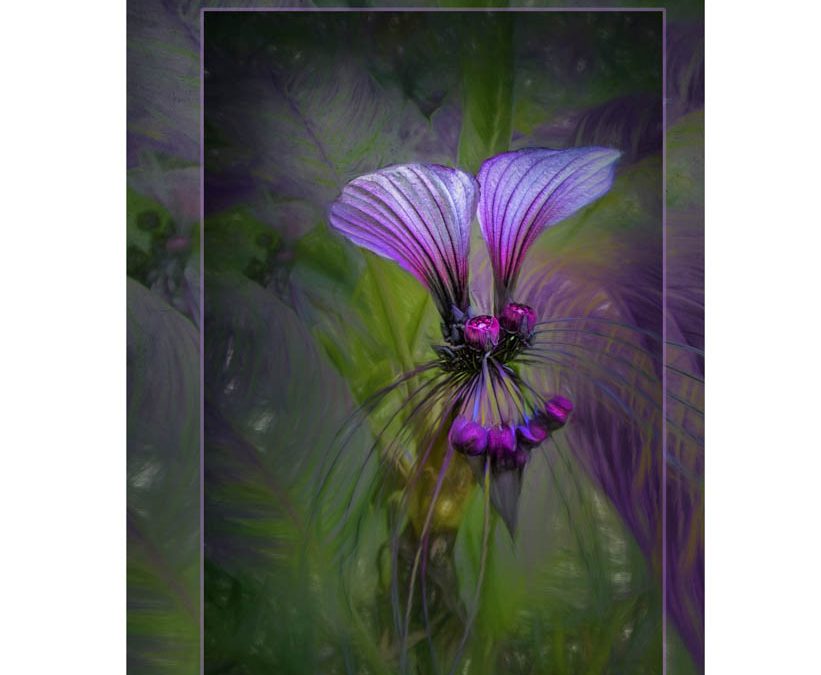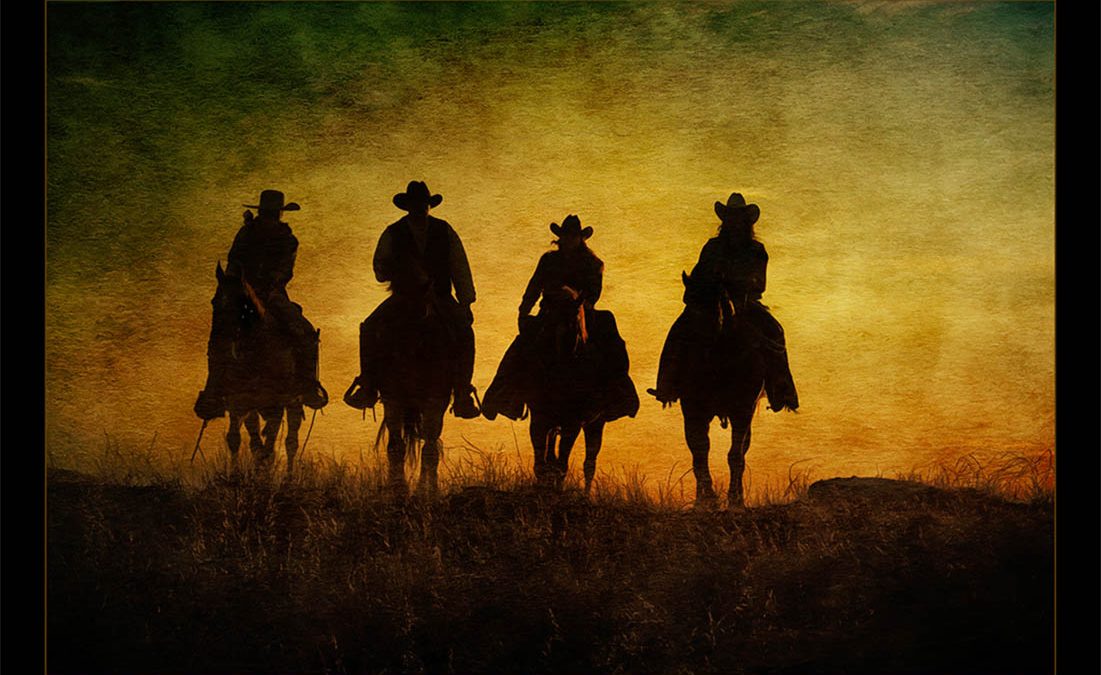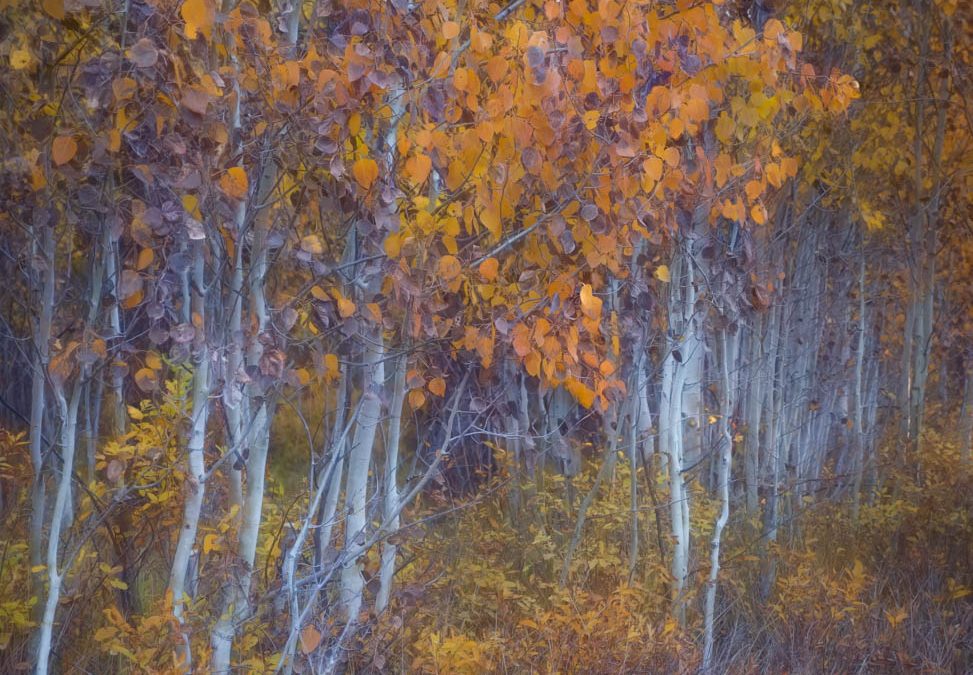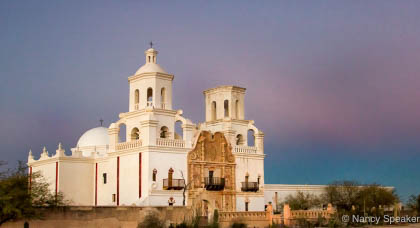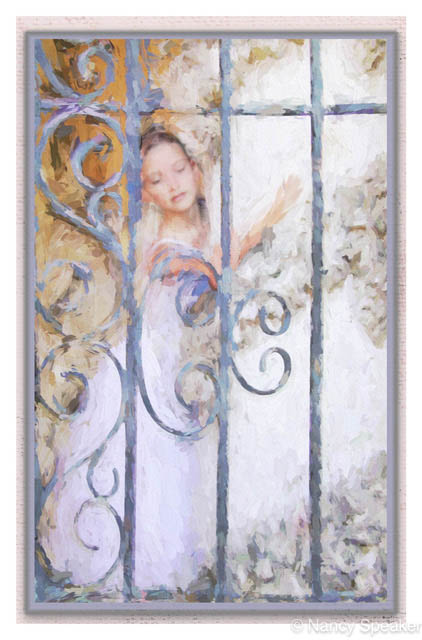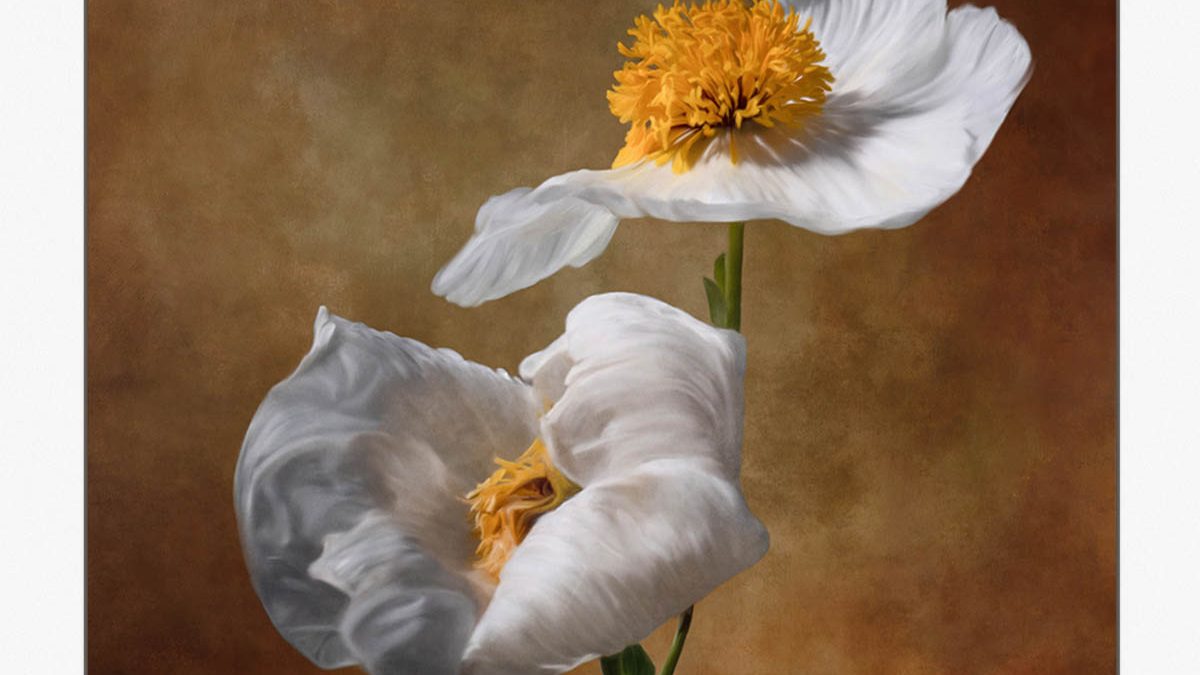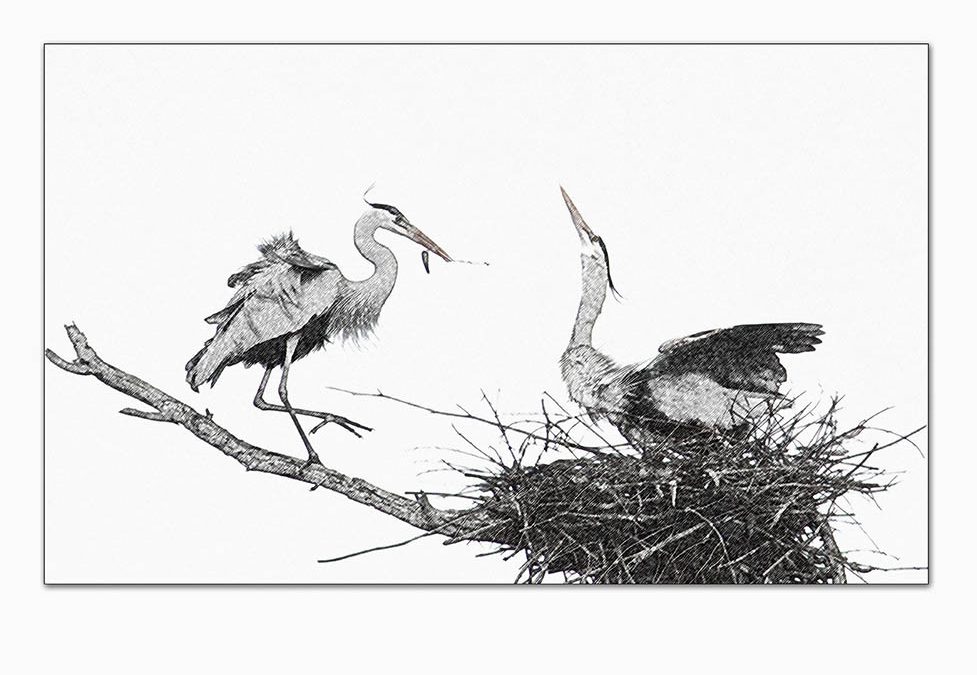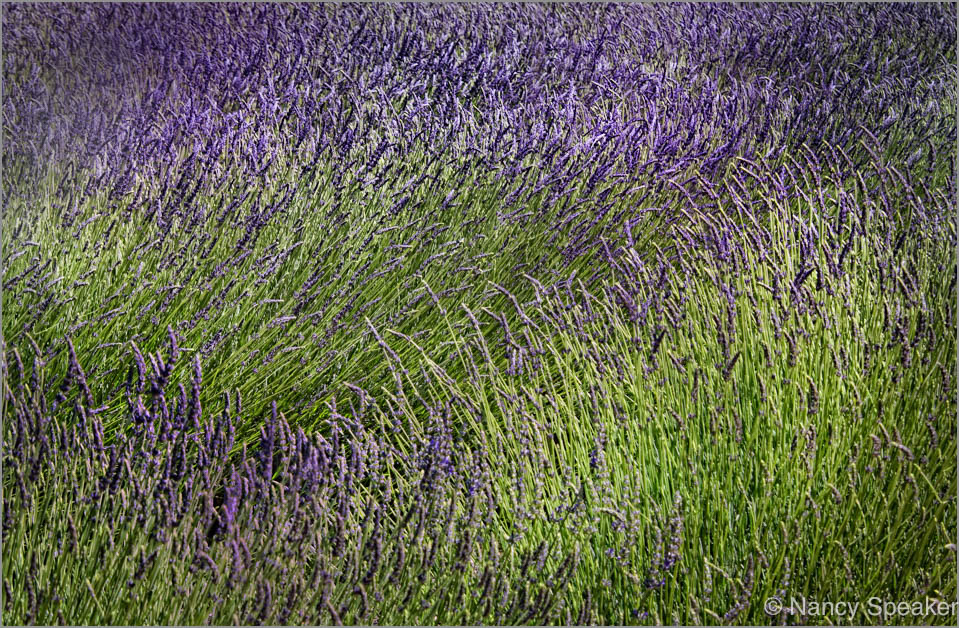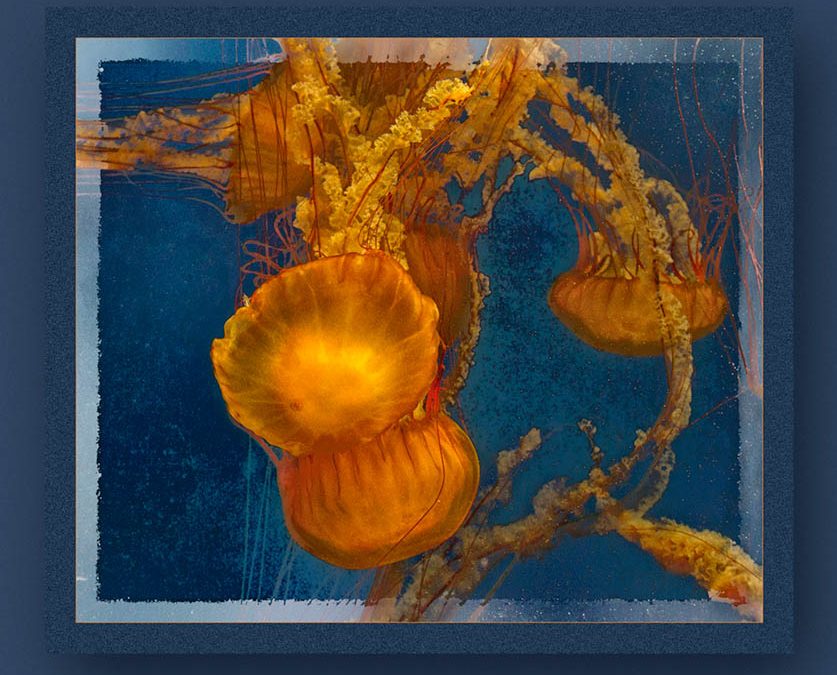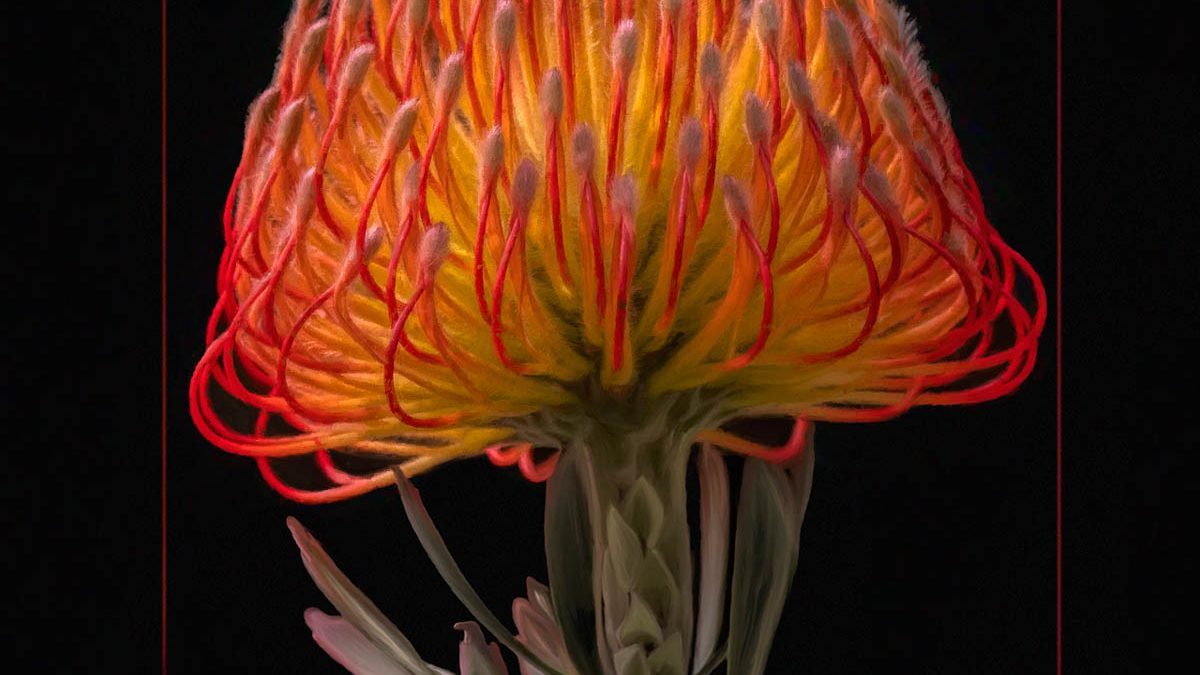Master of Photography Degree, Professional Photographers of America (PPA)
APSA, PPSA: Photographic Society of America
3rd year Artisan student of Elevate your Art
I spent 38 years in education as a teacher, reading specialist, principal in the Ontario Montclair School District and adjunct university professor at Cal State San Bernardino and Cal Poly, In addition, I served 30 years as a second shooter for my photographer husband for wedding and family sessions. On retirement, I found time to return to gardening and my passion of art and photography.
I have personally benefited from so many talented artists, instructors, and leaders that I now spend a considerable amount of my personal time with volunteer organization which allow me to give back to the art community. Currently I am the Art Show chair and webmaster for the Associated Artists of the Inland Empire and the Photographic Society of America’s (PSA) Interclub Director supervising 6 divisions that include 3D, PJ, Nature, Color, Monochrome and Travel photography. This PSA interclub offers over 300 international clubs with four yearly competitions. In addition, I am active in three camera clubs and sit on the board of three clubs and on the board of the Southern California Council of Camera Clubs.
In photography, I enjoy all subjects ranging from travel, studio work , flowers to everything in between. I truly appreciate the skills and training required to capture a great image in the camera. However, I feel the actual photograph is just the first stage in the creative process. It is in the digital darkroom where the magic occurs. I enjoy working in photoshop using a variety of filters, textures, digital paint and embellishments to transform each image into my personal vision of Fine Art. While I enjoy watercolor and oil painting my passion is working with the tools in digital photography and especially digital painting.
…

